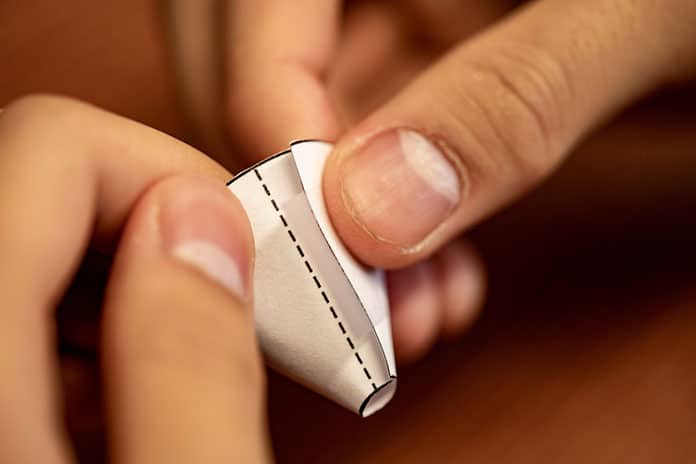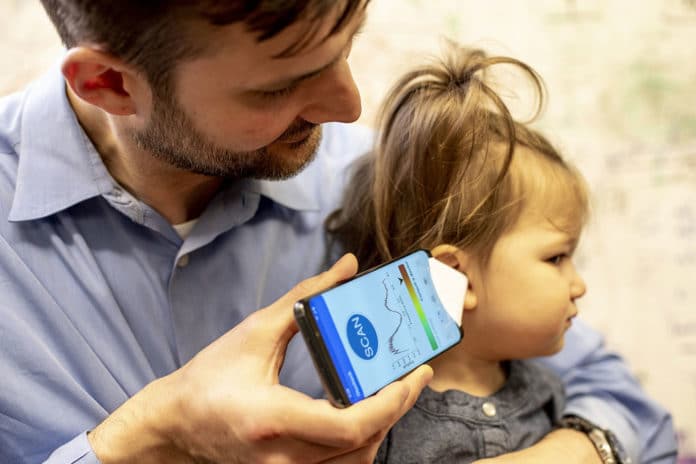An ear infection may occur when fluid builds up in the middle ear behind the eardrum and is infected. Any kind of fluid build-up can be painful and make it hard for children to hear. In some cases, the infection may go undetected, resulting in more serious issues including hearing problems.
A group of researchers at the University of Washington, says it is possible to diagnose the ear infection with the help of a mobile app. They claimed that they have created a simple test that uses a smartphone and folded up paper to detect one of the revealing signs of infection. It can detect the fluid in the ear and that too with the same or greater accuracy as a doctor.
There are already some tests available that can diagnose ear fluid with around 80 to 90 percent accuracy. But these need to be done at a doctor’s office and require specialized medical equipment. So, the team wanted to create an easier-to-use, inexpensive test that could rival that accuracy.
How does the app work?
A new smartphone app can detect fluid behind the eardrum by simply using a piece of paper and a smartphone’s microphone and speaker. The system is very simple to use- a small paper funnel, taped over the microphone and speaker on a phone and sits on the outer ear.
The smartphone makes a series of soft audible chirps into the ear through the paper funnel. Depending on the way the chirps are reflected back to the phone, the app determines the likelihood of fluid behind the eardrum.

When there is no fluid behind the eardrum, the eardrum vibrates and sends a variety of sound waves back. These sound waves mildly interfere with the original chirp, creating a broad, shallow dip in the overall signal. But when the eardrum has fluid behind it, it doesn’t vibrate as well and reflects the original sound waves back. They interfere more strongly with the original chirp and create a narrow, deep dip in the signal. It is comparable to current methods that specialized doctors use to diagnose fluid in the middle ear.
“Designing an accurate screening tool on something as ubiquitous as a smartphone can be game-changing for parents as well as health care providers in resource-limited regions,” said co-author Shyam Gollakota, an associate professor in the UW’s Paul G. Allen School of Computer Science & Engineering. “A key advantage of our technology is that it does not require any additional hardware other than a piece of paper and a software app running on the smartphone.”
During the test, the smartphone app could predict whether someone had ear fluid with 85 percent accuracy, and correctly predicted if someone didn’t have fluid. Besides, the algorithm that analyzes the audio was trained on older kids but found to also work accurately on younger kids.
Once diagnosed, ear infections can be easily treated with observation or antibiotics. And persistent fluid can be monitored or drained by a doctor to relieve symptoms of pain or hearing loss. A quick screening at home could help parents decide whether or not they need to take their child to the doctor.
The team published its results in Science Translational Medicine.
